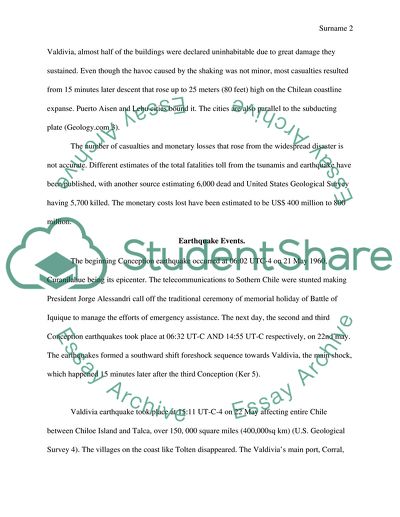Cite this document
(“Chile Earthquake Of 1960 Research Paper Example | Topics and Well Written Essays - 2500 words”, n.d.)
Chile Earthquake Of 1960 Research Paper Example | Topics and Well Written Essays - 2500 words. Retrieved from https://studentshare.org/history/1661917-chile-earthquake-of-1960
Chile Earthquake Of 1960 Research Paper Example | Topics and Well Written Essays - 2500 words. Retrieved from https://studentshare.org/history/1661917-chile-earthquake-of-1960
(Chile Earthquake Of 1960 Research Paper Example | Topics and Well Written Essays - 2500 Words)
Chile Earthquake Of 1960 Research Paper Example | Topics and Well Written Essays - 2500 Words. https://studentshare.org/history/1661917-chile-earthquake-of-1960.
Chile Earthquake Of 1960 Research Paper Example | Topics and Well Written Essays - 2500 Words. https://studentshare.org/history/1661917-chile-earthquake-of-1960.
“Chile Earthquake Of 1960 Research Paper Example | Topics and Well Written Essays - 2500 Words”, n.d. https://studentshare.org/history/1661917-chile-earthquake-of-1960.


